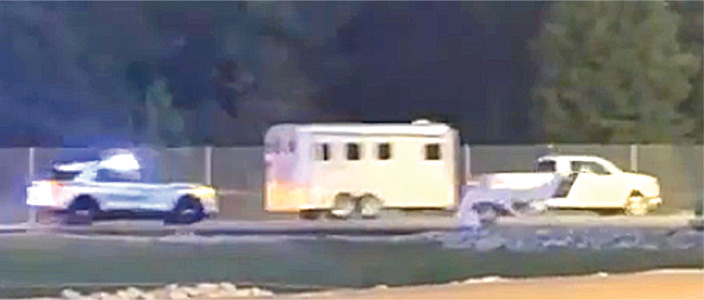The Earth’s natural resources are finite. As we continue to mine for precious, rare, and useful metals, we find less and less to dig up. This makes the sustainability of existing resources so very important going forward.
Among the metals we work with, the hardest to keep in circulation is copper. Cu on the periodic table, copper is an elemental metal with a wealth of traits that make it so valuable. It is highly malleable, meaning it can easily be shaped and manipulated. It is highly ductile, which means it can easily be made into wire. And even among metals, copper boasts very high electric conductivity. Few metals have this degree of versatility—you cannot let such a metal go to waste. But copper’s vast array of end uses, featuring everything from plumbing to art sculpture, means it takes some work to start fresh. Here are the steps in the process of recycling copper.
Screening and Collection
Before scrap workers get going on the job, they need to be sure that they’re working with pure copper. Workers will make sure that the metal they’re receiving is worthy of being recycled and resold as copper. Most often, scrappers are looking for copper wiring. Low-quality alloys are not suited for the next step.
Granulation
Once scrap copper has been sorted and slated for recycling, it’s time to head to the heavy machinery. Scrappers turn to a machine called a granulator, which takes insulated copper wire and makes short work—short as in mere millimeters—of its raw material. The granulator’s output is shaved copper, prime for being melted and reshaped. The granulator not only strips the plastic insulation from the wire but also separates the valuable metal from the plastic waste, harvesting nearly 100 percent of the metal for the next step.
Processing
Granulated copper is packed up and sold to manufacturers in need of raw materials. Copper’s thermal conductivity means it has a very high melting point, one just over 1084°C. The heat it takes to melt copper is intense, and must be left to the professionals. Melted copper is shaped into versatile castings such as rods and ingots, from which it can be further processed into end-user products. From here, we get the many copper products we rely on: wires, pipes, electronic components, motors, magnets, roofing, and yes, to this day, even the humble penny.
What’s Next?
Understanding the process of recycling copper may even encourage you to get involved in copper recycling yourself. You may have copper in your home that you can part with: from the yards of balled-up old phone lines to your recently retired smartphone. And if you have a thirst for heat, heavy machinery, and a desire to contribute to sustainability, there could be a career in copper for you.






